The Outdoor Art Club, a Mill Valley nonprofit dedicated to environmental and other civic causes, celebrates its 120th anniversary this month. Founded as a women’s club in 1902, it had a profound impact on the early history of southern Marin, when the boundaries between rapidly growing urban areas and natural spaces were the subject of fierce debate between developers and conservationists. Its story is one of quiet political power wielded by women who could not vote, and for whom clubs like The Outdoor Art Club were one of the few avenues by which they could influence their communities.
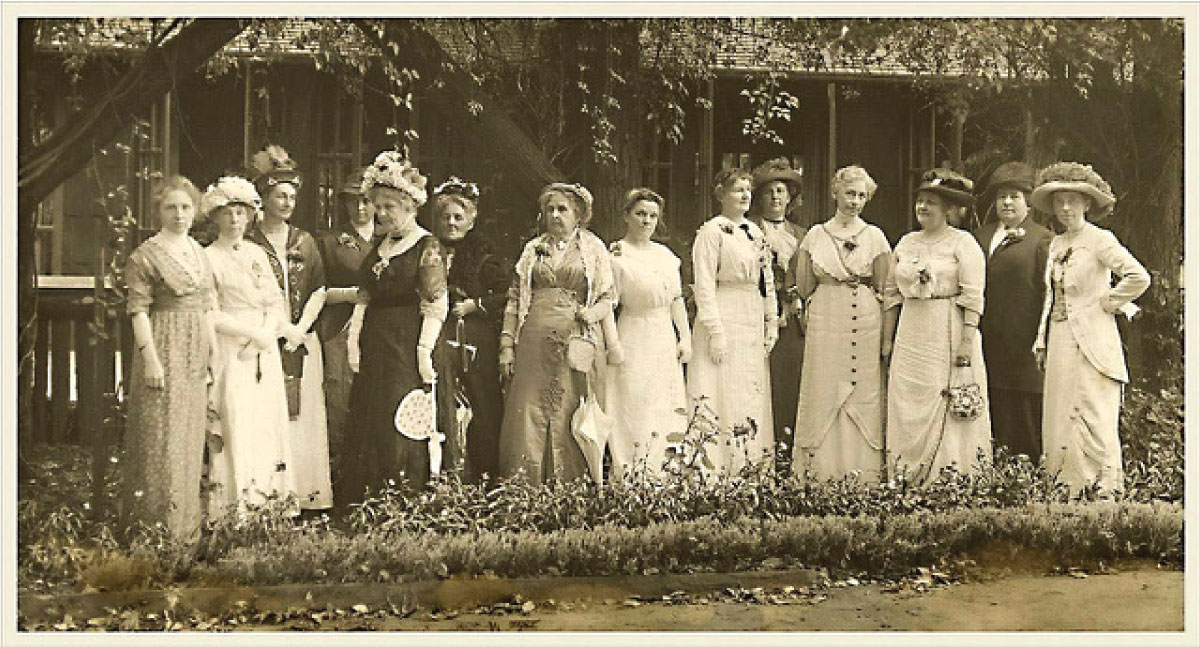
The “women’s club” movement began in 1868, when Jane Croly, a professional journalist, was denied entry to a men-only press club’s dinner. In response, she formed a women’s club, and similar clubs quickly sprang up across the country. At first, they focused on education, offering women a place to hear lectures, discuss literature and current events, and present papers. It’s hard, today, to appreciate the impact this had on 19th-century women who had little opportunity to pursue higher education, but Laura Lyon White, one of The Outdoor Art Club’s founders, put it this way in 1914: “Clubs in their infinite variety have done more for the advancement of women intellectually, morally and physically than any other agency known to civilization.”
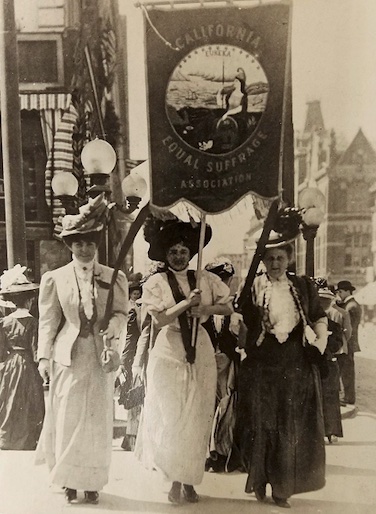
Many of these clubs also got involved in their communities, especially their schools, libraries, and parks. Gradually, they began to lobby local officials — all men — to allocate funding or pass ordinances. By 1890 there were more than 3,000 women’s clubs across the country, with more than 800,000 members, a nascent political force that was about to become a potent grassroots army.
In 1890 the Progressive Conservation Movement began, a 30-year groundswell of environmental activism that fought to save America’s remaining wild spaces from unchecked commercial expansion. History celebrates its male leaders, like John Muir and Theodore Roosevelt, but often ignores the contributions of women’s clubs, whose members were the movement’s foot soldiers. The Women’s Save the Redwoods League in Humboldt County, for example, preserved the old-growth redwoods that became the Avenue of the Giants. San Francisco’s California Club joined with other women’s clubs to protect the Calaveras Grove of Big Trees and create Big Basin State Park. The Outdoor Art Club was born out of a similar passion for conservation, as a group of Mill Valley women united to protect the redwoods and open spaces near their town.
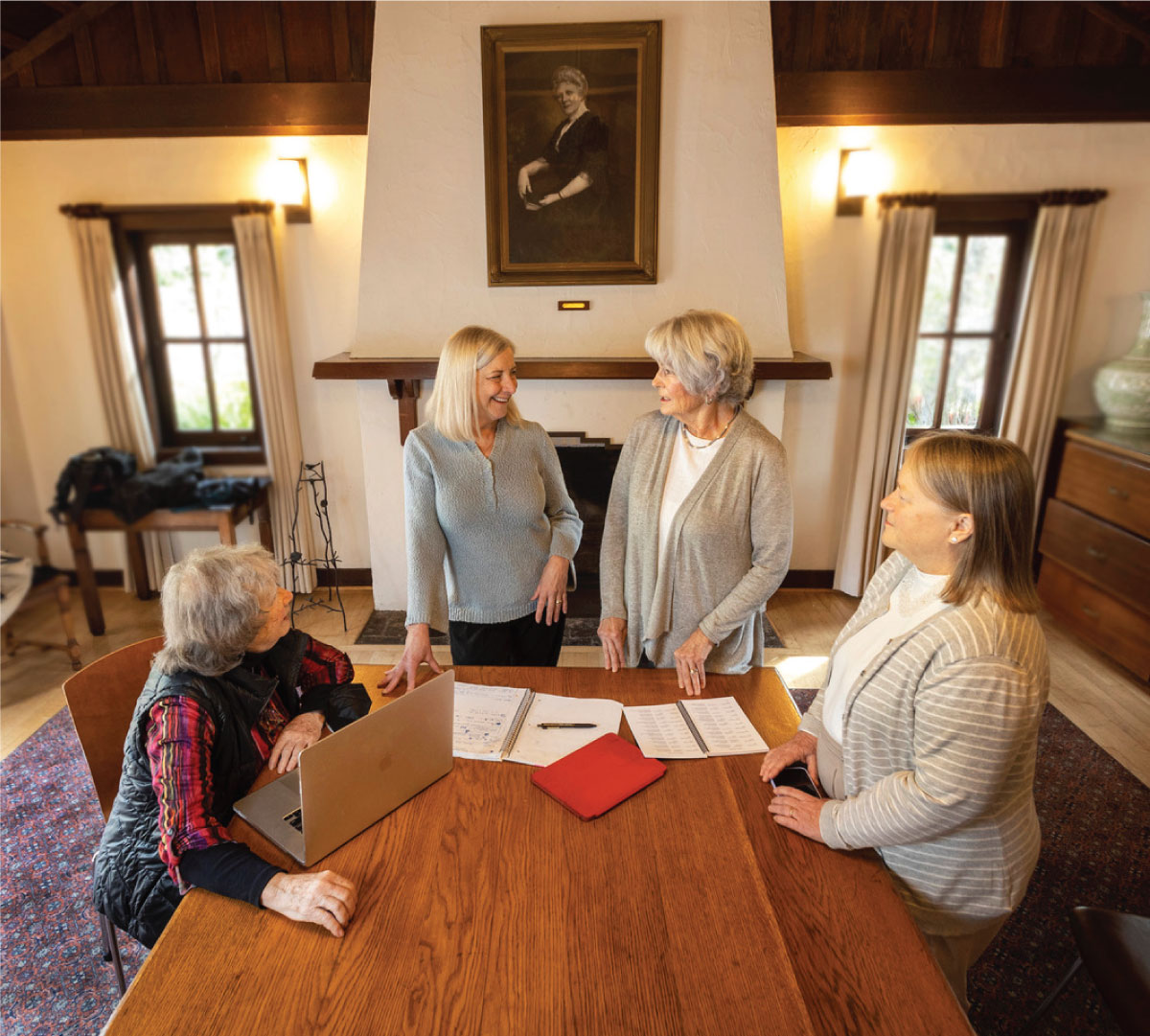
One summer day in 1902, four Mill Valley women came upon workmen chopping down the redwood grove that had shaded the railroad depot. Shocked at this destruction of natural beauty, they formed a club by which, in the words of Secretary Agnes Cappelman, “the ladies of Mill Valley… might have a word to say in such a matter.” In their mission statement, they pledged “to preserve the natural scenery of Mill Valley and of the surrounding country, to beautify the grounds around public buildings, [and]…to create public sentiment against the wanton destruction of birds and game.”

They had their work cut out for them. Mill Valley, like the rest of Marin, was booming. From a sleepy summer retreat with a few dozen houses and shops in 1890, it had swelled to a community of 1,000 people with plans to expand over the hills in every direction. As civil engineers drew grids for new streets, the Outdoor Art Club threw itself into the fray, advocating for urban parks and green spaces, planting trees along the new avenues, improving playgrounds, cleaning up litter and urging conservation lessons in schools.
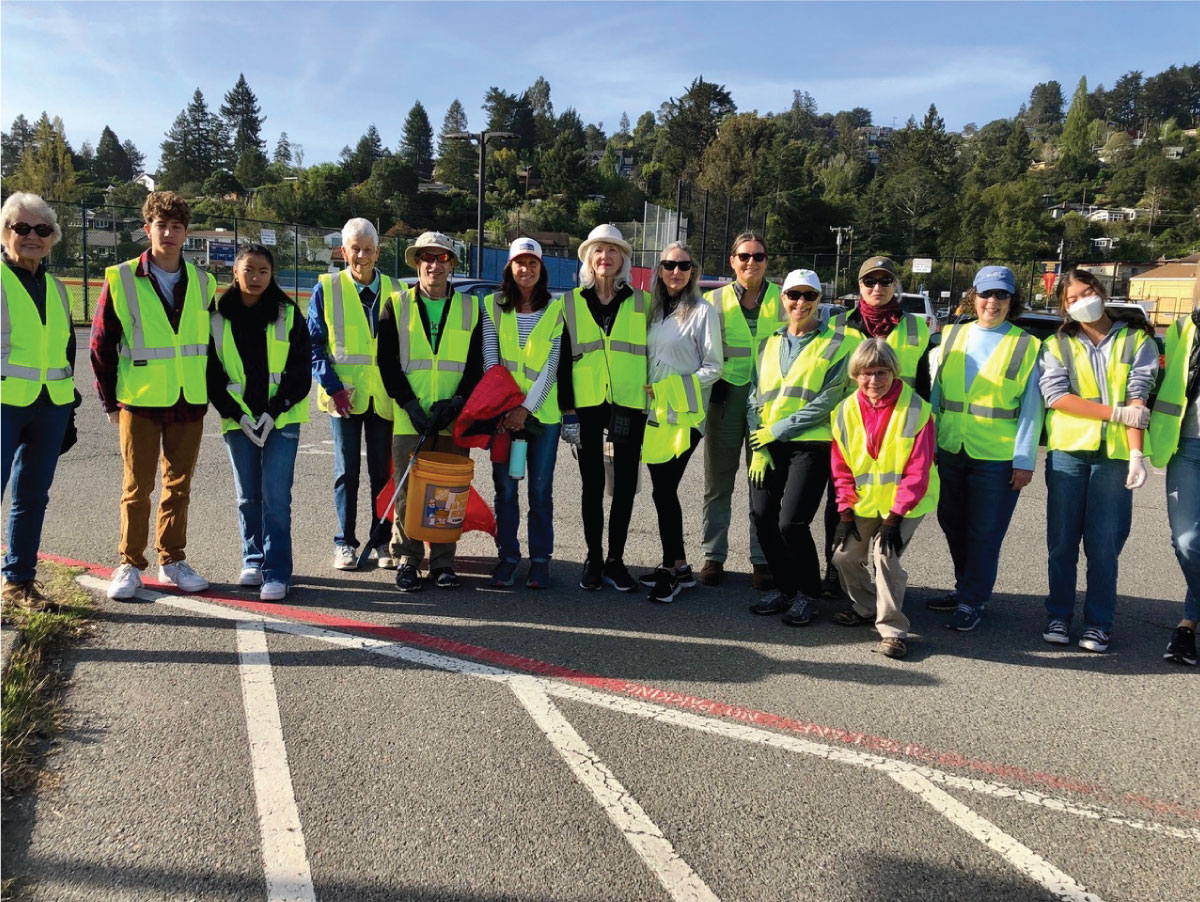
They accomplished these things through the “soft” advocacy that was, at the time, the only politicking women were allowed to do. They threw fundraisers that became go-to social events. They hosted lectures at which powerful men, made amenable by good company, might listen to a word about protecting local wildlife. They used social connections — forged through their husbands — with the town’s trustees. They worked carefully, with the deference the “gentler” sex was expected to show to men. But they got things done. So much so that in 1911 a local reporter dismissed the need for women’s suffrage because, “even without the vote, the ladies rule this town.”
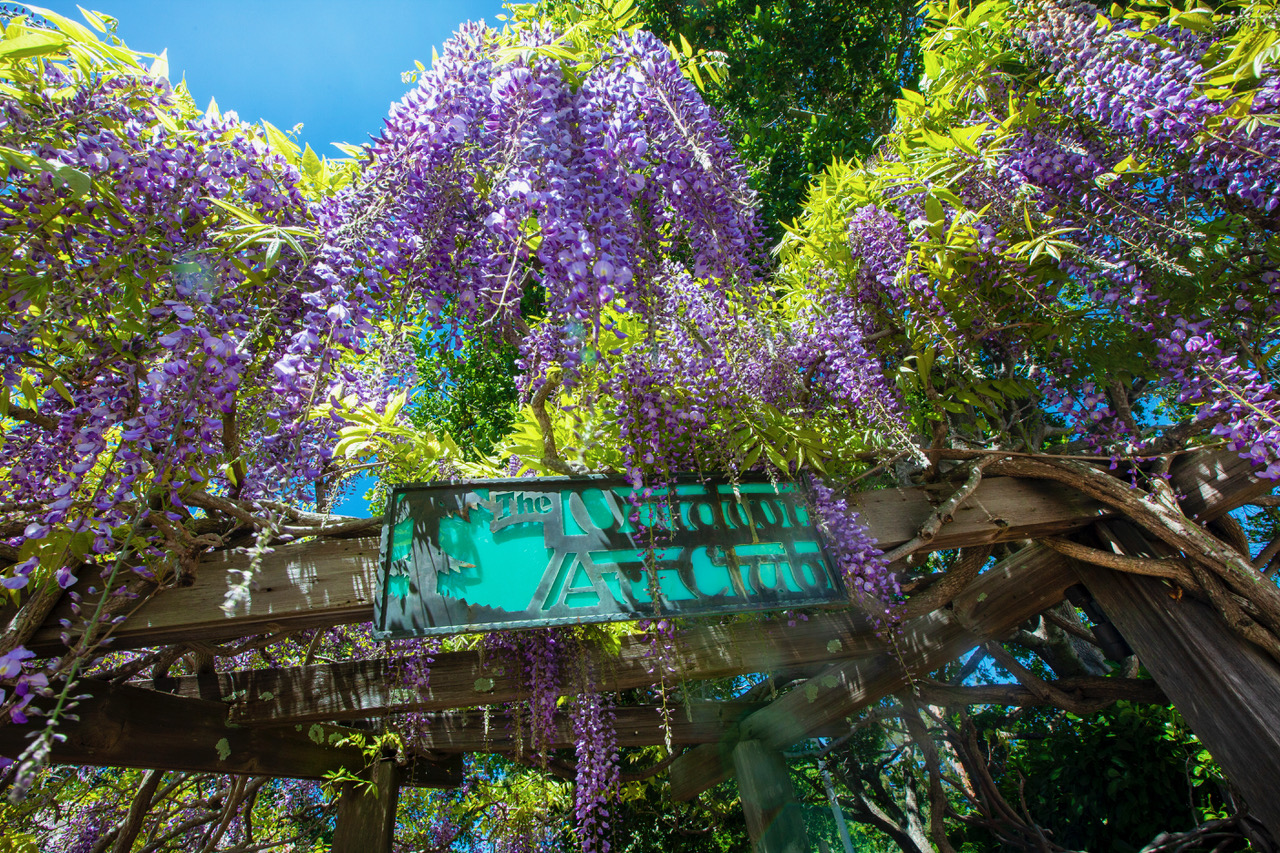
The best example of their quiet but effective influence may be the club’s little-known role in the creation of the Muir Woods National Monument. In 1904, the club wanted to buy a parcel of old-growth redwoods in Redwood Canyon and turn it into a park. Shortly afterward, the Tamalpais Land and Water Company offered it for sale, but the club couldn’t raise the money in time. Instead, the North Coast Water Company, which planned to log the trees and dam Redwood Creek, made an offer.
Fortunately for The Outdoor Art Club, founder Laura was married to the president of the Tamalpais Land and Water Company, Lovell White, who sold the land instead to his wife’s progressive friend William Kent for less than half of North Coast’s bid. The placards at Muir Woods credit these two men with saving the redwoods, but historians credit Laura with convincing her husband to make this unprofitable sale, perhaps using used one of the very oldest forms of feminine persuasion. The Whites’ first two children died of cholera early in their marriage. According to her descendants, Laura agreed to have a third child, at the age of forty, only if Lovell would financially support the causes she championed — causes like saving an old-growth forest in a neighboring valley.
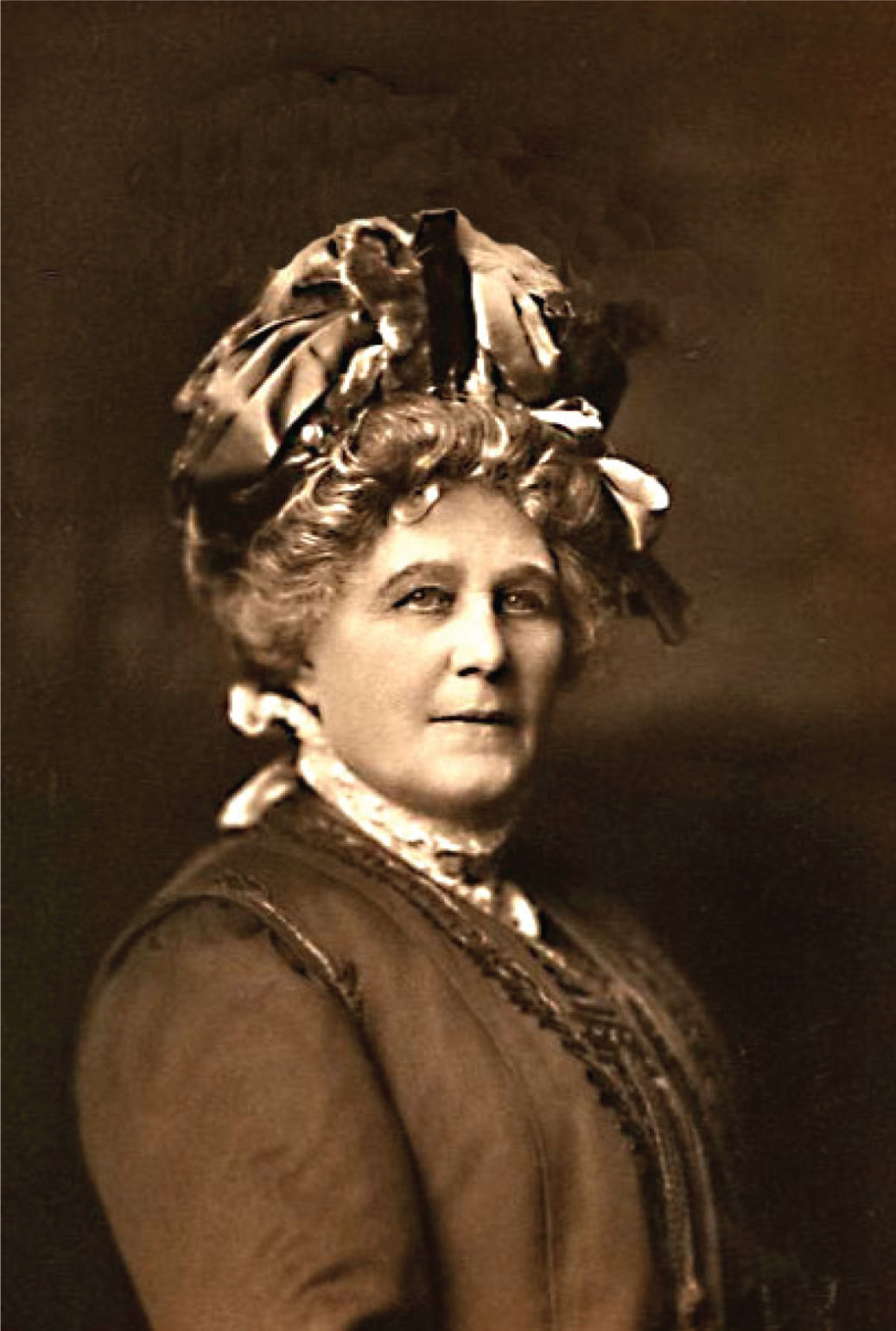
Today, the women of The Outdoor Art Club are not limited to the power of the salon, the supper table, and the bedroom. Its members are businesspeople, teachers, artists, volunteers, elected officials and activists who influence their community in many ways. But their club’s history asks us to remember a time when women did not have these opportunities, and to appreciate its founders, women who, despite being barred from the halls of government, used a club their husbands often derided as “social” to change Marin for the better.
This piece is based on Ladies to the Rescue, a history of The Outdoor Art Club recently published by Lynda Chittenden and available for purchase at outdoorartclub.org.
For more on Marin:
- Celebrating Women’s History: Tradition Endures at the Sausalito Woman’s Club
- Why Community Is the Secret to Healthy Living
- Take a Walk Through History Along San Rafael’s Fourth Street: 6 Historic Buildings to Visit
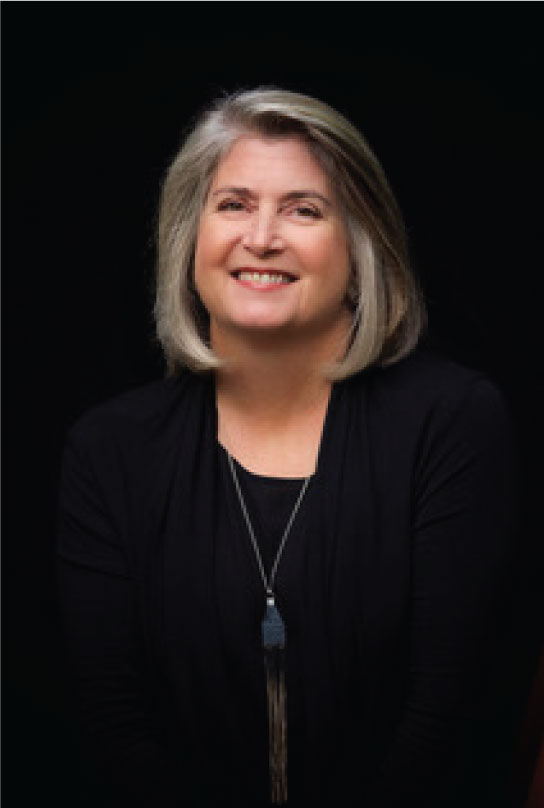
Heather Young is a writer living in Mill Valley. She is the author of two novels, The Lost Girls and The Distant Dead.

